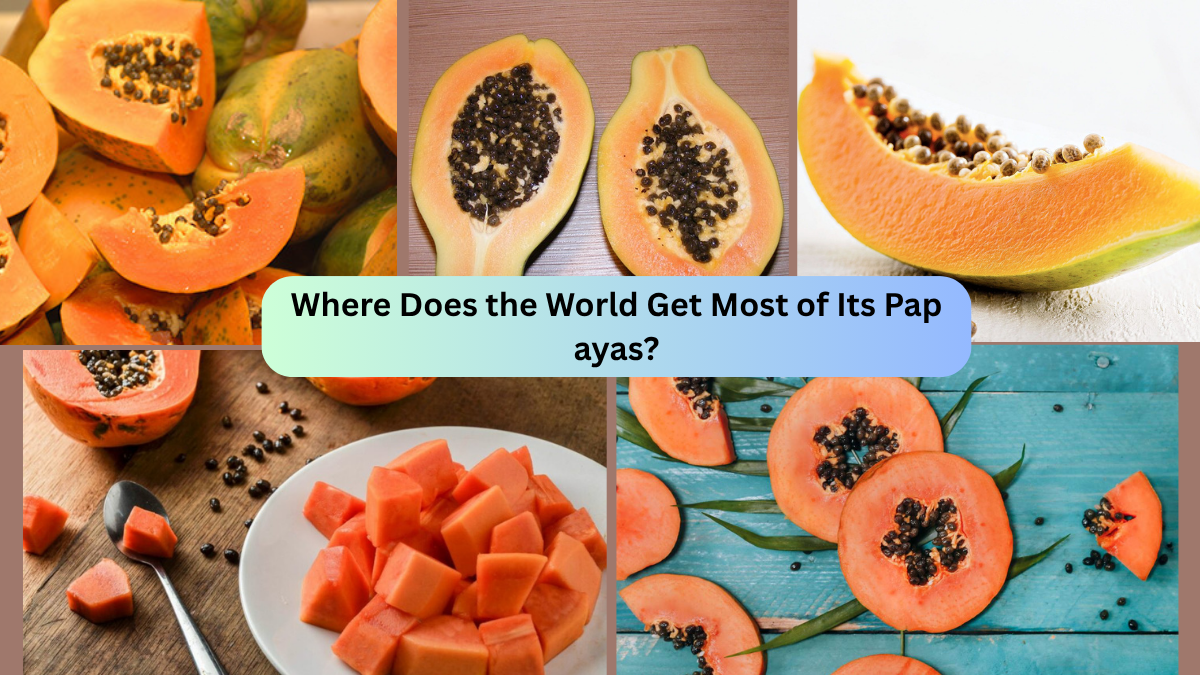Known for its tropical sweetness, soft texture, and exceptional health benefits, papaya is one of the most cherished fruits in the world. From fresh salads and smoothies to savory curries and natural remedies, papaya finds its way into kitchens, markets, and wellness routines in nearly every corner of the globe.
But have you ever stopped to wonder — where does the world get most of its papayas? Which countries are responsible for growing the juicy, orange-fleshed fruit that fills your fruit bowls and grocery aisles?
In this article, we’ll dive into the heart of global papaya production, reveal the leading papaya-producing countries, and explain how these nations shape international papaya supply chains.
A Quick Overview of Global Papaya Production
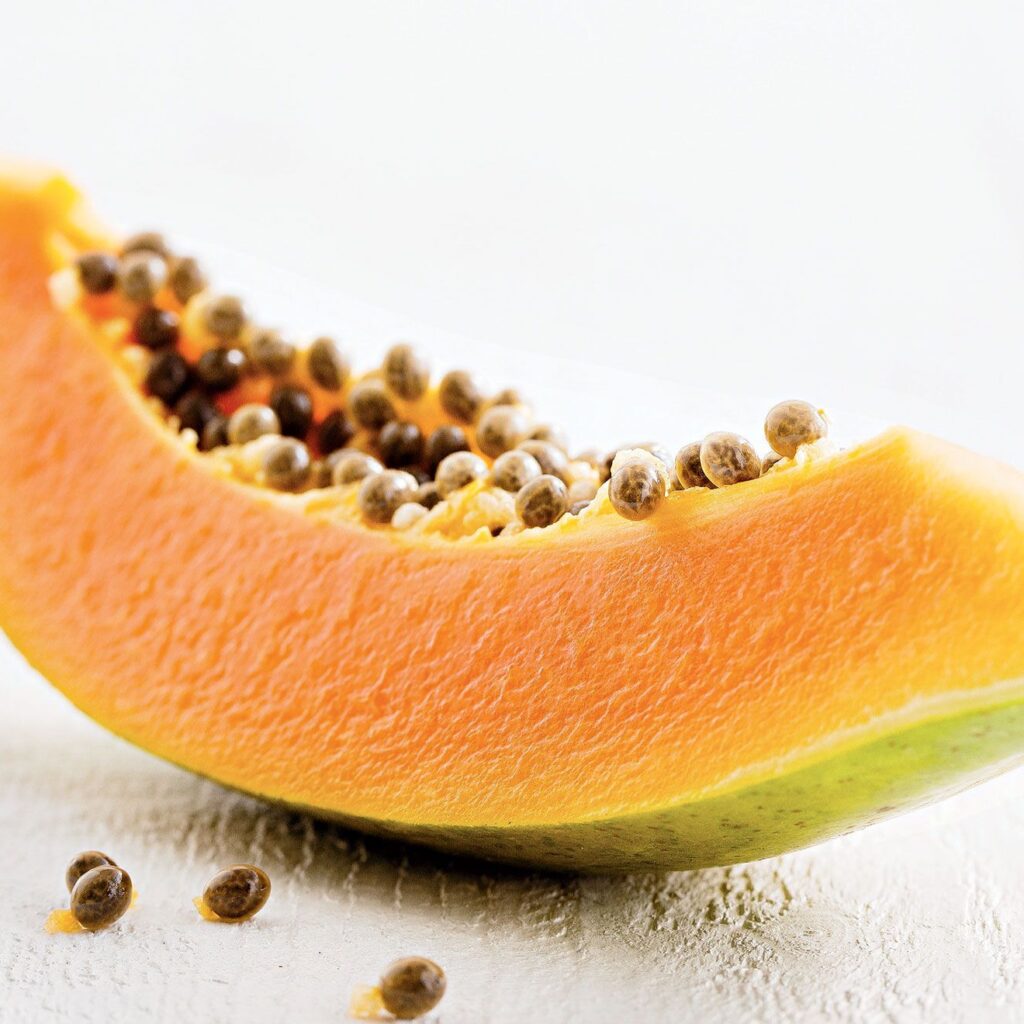
Papayas, scientifically known as Carica papaya, are native to southern Mexico and Central America, where they were cultivated for centuries before spreading to other parts of the world via trade routes. Today, papayas are grown in more than 60 tropical and subtropical countries, with global production exceeding 13 million metric tons annually.
The fruit thrives in warm, sunny climates with well-drained soil, and its popularity is driven by:
- High vitamin C and A content
- Antioxidants like beta-carotene
- Natural digestive enzyme papain
- Low calorie, hydrating nature
The combination of health benefits and culinary versatility has made papaya an in-demand fruit across continents.
So, Where Does the World Get Most of Its Papayas?
Though dozens of countries cultivate papayas, the majority of the world’s supply comes from just a handful of nations. Let’s explore the major players that fill global markets with this beloved fruit.
India — The Undisputed Global Leader
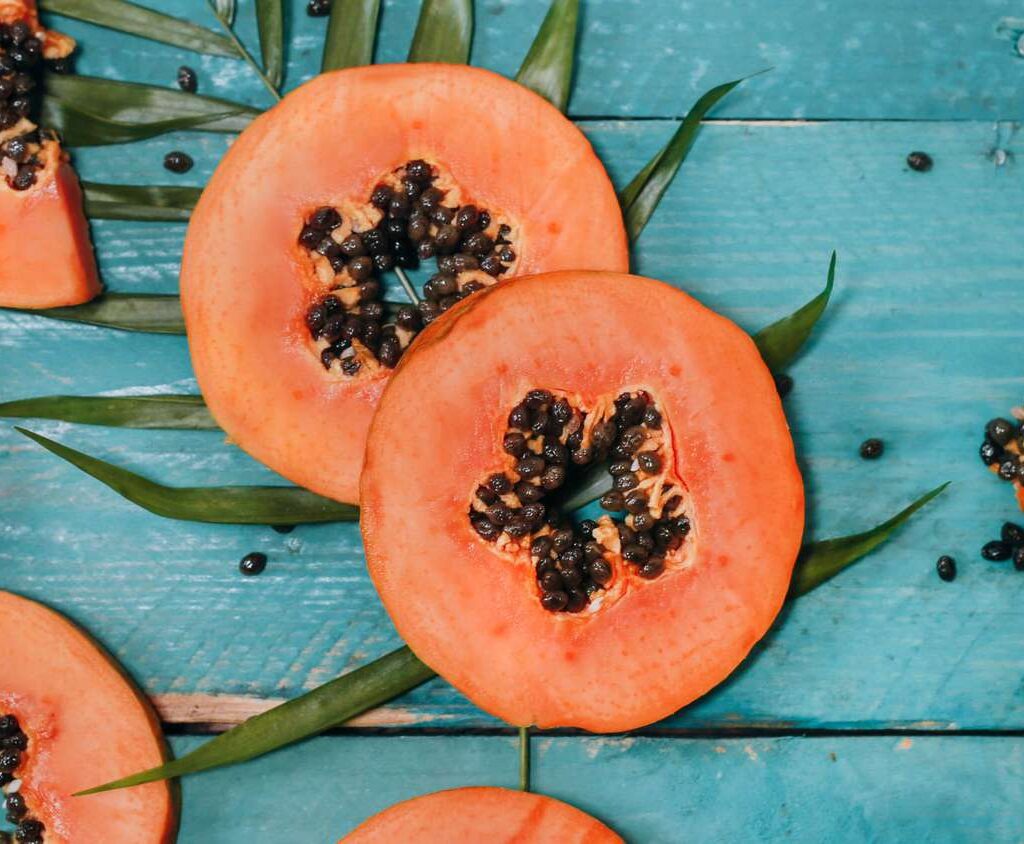
Annual Production: Approximately 5.7 million metric tons
Global Share: Over 43%
When it comes to papaya production, India stands far ahead of every other nation. The country grows nearly half of the world’s total papayas, making it the primary source for both domestic consumption and, to a lesser extent, regional trade.
Major Growing Regions:
- Andhra Pradesh
- Maharashtra
- Gujarat
- Karnataka
- Tamil Nadu
- West Bengal
Why India Leads:
- Consistently warm, tropical and subtropical climate.
- Extensive arable farmland across multiple states.
- High domestic demand for fresh fruit, juices, Ayurvedic remedies, and culinary uses.
- Wide adoption of high-yield hybrid varieties like ‘Red Lady’.
- Government incentives and horticulture development programs.
Fun Fact:
Unlike some countries where papaya is primarily a dessert fruit, in India, it’s also a common ingredient in savory dishes, pickles, and curries.
Indonesia — Southeast Asia’s Papaya Hub
Annual Production: Approximately 0.9 million metric tons
Global Share: About 7%
Indonesia ranks as the world’s second-largest papaya producer. Its equatorial climate, rich volcanic soil, and year-round growing season make it an ideal environment for papaya farming.
Major Growing Regions:
- Java
- Sumatra
- Sulawesi
Role in Global Markets:
While much of Indonesia’s papaya production is consumed locally, the country exports to nearby Asian nations, particularly Malaysia, Singapore, and Brunei.
Fun Fact:
Papaya leaves are widely used in Indonesia as a traditional remedy for digestive issues and malaria prevention.
Nigeria — Africa’s Leading Papaya Producer

Annual Production: Approximately 0.8 million metric tons
Global Share: Nearly 6%
Nigeria is Africa’s top papaya producer and ranks third globally. The fruit is grown in both small home gardens and large commercial farms throughout the country.
Major Growing Regions:
- Benue
- Kaduna
- Kano
- Oyo
Contribution to Global Markets:
Though Nigeria produces a large volume of papayas, most of it is consumed domestically, as the fruit forms a staple part of Nigerian diets, especially in rural areas.
Fun Fact:
In Nigeria, green papayas are often cooked in stews or blended into herbal remedies.
Brazil — South America’s Papaya Specialist
Annual Production: Approximately 0.7 million metric tons
Global Share: Around 5%
Brazil is South America’s largest papaya producer and one of the leading exporters of premium-quality papayas to global markets, including Europe, the Middle East, and the United States.
Major Growing Regions:
- Espírito Santo
- Bahia
- Ceará
Role in International Markets:
Unlike India and Nigeria, Brazil exports a significant portion of its harvest. The country is known for producing ‘Golden Papaya’ and ‘Formosa Papaya’, prized for their sweetness and long shelf life.
Fun Fact:
Brazil’s papaya exports are a key part of its fruit trade economy, alongside mangoes and melons.
Philippines — A Tropical Favorite
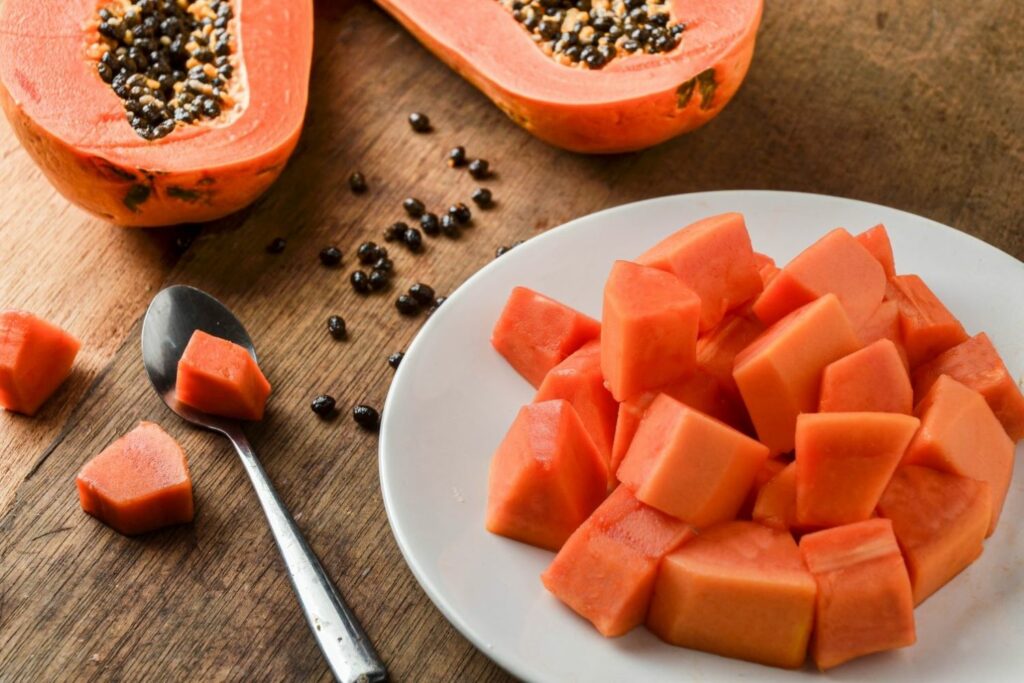
Annual Production: Approximately 0.6 million metric tons
Global Share: About 4.5%
The Philippines rounds out the top five, with papaya being one of its most popular fruits for both domestic consumption and export.
Major Growing Regions:
- Mindanao
- Luzon
- Visayas
Role in Global Markets:
The Philippines exports papayas mainly to Japan, Hong Kong, Singapore, and the Middle East, while meeting strong domestic demand for both ripe and green papayas.
Fun Fact:
Green papaya is a key ingredient in ‘atchara’, a traditional Filipino pickled relish.
Global Trade and Export Dynamics
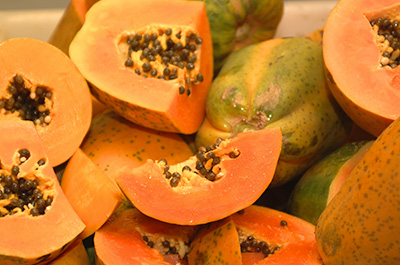
While India remains the world’s largest papaya producer, it consumes nearly all of its harvest domestically. This leaves countries like Brazil, the Philippines, and Mexico to fill the global export markets.
Major Export Destinations:
- Europe
- North America
- Middle East
- Japan and South Korea
Countries like Brazil, Mexico, and the Philippines focus heavily on producing export-grade papayas, prized for their consistent size, sweetness, and extended shelf life.
Health and Wellness Trend Boosts Papaya Demand
The global demand for papayas is steadily increasing, thanks to growing awareness of their health benefits:
- Rich in vitamin C, A, and antioxidants
- Natural digestive aid
- Low calorie, hydrating fruit ideal for weight management
- Increasing use in beauty, skincare, and herbal remedies
As consumers prioritize health-conscious diets, papaya’s reputation as a superfruit continues to rise.
Conclusion
So — where does the world get most of its papayas?
The answer is crystal clear: India. With its ideal tropical conditions, vast farmlands, and enormous domestic demand, India produces nearly half of the world’s papayas. Following India are Indonesia, Nigeria, Brazil, and the Philippines, each playing vital roles in both local consumption and international trade.
While India’s papayas mostly stay within its borders, nations like Brazil and the Philippines supply the global markets with high-quality, export-grade papayas.
Whether you’re enjoying a fresh papaya smoothie on a sunny morning, savoring it in a tropical fruit salad, or adding green papaya to a savory curry, chances are it comes from one of these tropical papaya powerhouses — the nations that fuel the world’s love for this bright, flavorful, and nourishing fruit.
